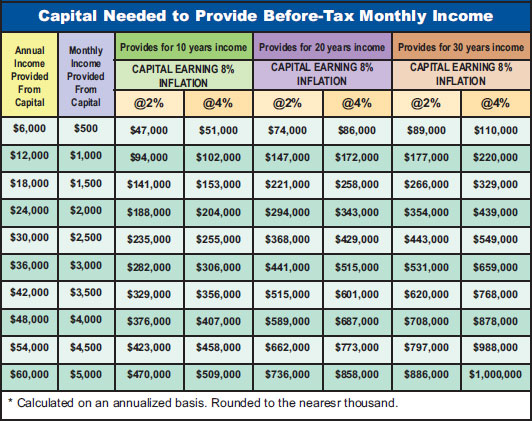When establishing a financial strategy involving other stakeholders, such as paying down a mortgage, develop a written plan that all parties agree on. You can create written point-form agreements for each to sign in investing, registered investment planning, debt repayment, etc.

When determining your goals, it is essential to think positively and avoid language such as, “We will never have enough to retire,” “We can’t seem to get ahead,” or “This debt is killing us.” Statements like this often become self-fulfilling.
Instead, it is essential to design an action plan and start working towards it with all the stakeholders, such as your spouse or partner, referred to as your fiscal partner. Write your goals out regarding financial concerns such as:
Reduce or eliminate debt. One of the encumbrances of investing for retirement is that you may be servicing too much credit card debt, much of which is interest. Both fiscal partners may have credit cards doubling the family debt load and vastly reducing your net worth. Thus, paying down the debt on all credit cards makes sense, starting with those with the highest interest rates first. Aim to be 100 % debt-free of abnormal debt-weighting in your net worth statement where possible (mortgages and car payments are typical).
You and your fiscal partner will appreciate the new clarity and increased financial freedom this gives. Slavery to debt repayment is financial bondage and will increase fiscal-related emotional stress on responsible partners.
You can start or maximise your monthly investment plan. Your plan will depend on your income and expenses. If you are young, begin investing now. Any given sum can frequently double depending on time and interest rate growth. At 6 %, it can double every 12 years; at 4 % every 18 years. Divide the interest rate into 72 to get the years until doubling occurs.
This simple mathematical illustration reveals the importance of beginning to invest while you are young. If you are near retirement, you may ascertain that you need to ramp up your investing, increasingly over the fewer years you have. The average Canadian retires now at age 62. Become aware of your retirement options, choosing agreed strategies with your partner beforehand.
Reallocate assets as you near retirement. A portfolio still invested in nearly 100 % equities near retirement is risky. To reduce stock market risk, a portfolio may have some fixed income (government bonds, corporate bonds, safe mortgages, and real estate)—your partner’s risk tolerance while investing.
Take advantage of tax-saving vehicles. Registered investment vehicles can help you reduce or defer the tax hit. Some plans can offer government grants that supplement your investment contribution to help your children attend post-secondary school. Discuss the viability of tax arrangements using registered investments best suited to both fiscal partners.
Don’t sell suitable investments amidst a volatile market loss. It may be better to stay invested and adjust your portfolio after the market begins to retrace upward, any losses after a market volatility period. If you hold an excellent fund, the stocks within that fund are probably good. Nevertheless, please keep your investment goals in mind, get periodic updates, and review the situation with your fiscal partner. Your financial partner may be unable to handle the stress caused by a volatile market, so plan with this in mind.
Maintain financial accounts with transparency. Total honesty is necessary. Spouses and partners who share mutual financial goals have a right to be aware of the banking and investment accounts and the movement of funds via frequent, transparent discussion. One spouse should only borrow and use credit with the other spouse’s agreement, where funds must be accounted for together in mutual fiscal arrangements.
There should only be personal boundaries where agreed, such as business agreements, risk, or debt and income necessary for solvency. You can set such boundaries in advance, or hard feelings can develop. Business accounts or contracts increasing risk should not co-mingle with personal finance or funds if you are incorporated. Sole proprietors should view business debt as personal debts.








 The following largely coincides with the guidance of the IRA’s information. The Information can change over time and your advisor and/or tax professional should be consulted.
The following largely coincides with the guidance of the IRA’s information. The Information can change over time and your advisor and/or tax professional should be consulted.









